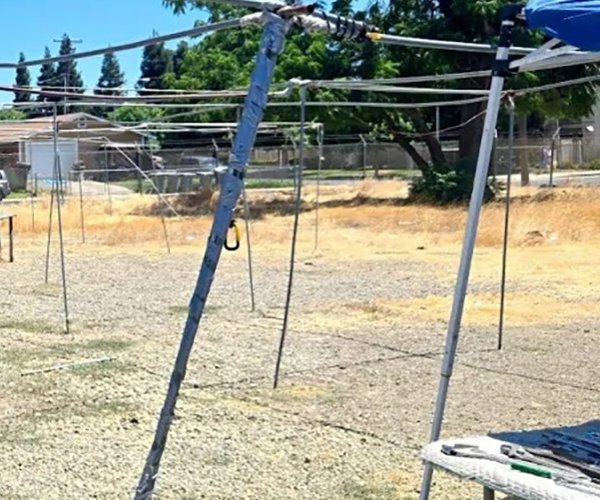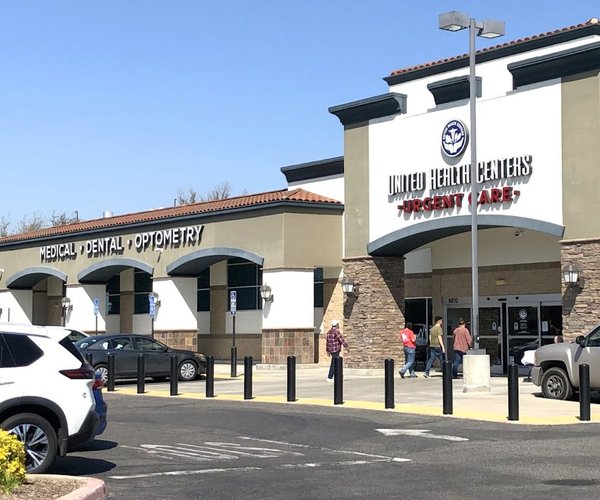The rainbow flag will not be flying at Turlock City Hall anytime soon, as the City Council voted 3-2 on Tuesday to not change the City’s current flag policy.
The issue of whether or not to change the City of Turlock’s flag policy to allow for the rainbow flag — and/or flags from other community groups — to be flown on City poles drew a standing-room only crowd to the Council meeting.
After hearing hours of comments from community members both for and against the change in the flag, Mayor Amy Bublak, Vice Mayor Gil Esquer and Council member Becky Arellano voted not to allow a change in the flag policy, with Council members Andrew Nosrati and Nicole Larson opposing.
“I don’t think governments should be involved. We’re here to accept, we’re not here to promote per se. We’re supposed to let everybody have their own personal beliefs, take them home. Our thing is to be inclusive. What inclusive means is everyone does what they want to do within the laws, but at the same time, we get to do that within our own homes and in our own vehicles,” said Mayor Bublak.
“I think we’re living in one of the most divisive political times in our nation’s history and I think this is a result of that, this meeting right now. It’s sad; it’s really sad. It’s sad because as a woman who identifies as a Christian in a happy heterosexual relationship…I don’t feel threatened or that my religious beliefs will be under attack if I see another group that has had historical, factual marginalization, factual discrimination…,” said Councilmember Larson.
Dozens of community members spoke out both for the change in flag policy and against it.
Those who spoke out against the change in flag policy cited a variety of reasons for their opinion ranging from the policy opening a door to any and all groups who wanted to fly a flag and the problems that could incur; to upholding the American flag as inclusive of everyone and there’s no need for other flags; and a number of community members said the City should support religious beliefs that condone homosexuality.
“The American flag is a symbol of pride and freedom for all Americans. The American flag is something that all people no matter gender or sexual orientation can stand behind because it represents the sacrifice that so many men and women gave for the freedoms and liberties we all benefit from. If the City chooses to fly the rainbow flag in support of LGBTQ rights, they will be opening up a can of worms. The City will be put in the position of having to determine which flags to support that they will be willing to fly with the possibility of opposing views of other groups to be expressed. It would best serve the City of Turlock to stay out of choosing which individual groups to support. As a City, we should support freedom for all and limit flags to the ones we already have,” said Michael Ness.
“Why would you want to consider poking a finger in the eyes of the majority of Christians, Muslims, Jews and other religions and even secular people who live in this community. Why would you want to consider offending a large sector of the population of this city? Americans have learned over many years the importance of tolerance, but what would be tolerant about flying a LBQT flag? You would not be asking us to tolerate certain defined sexual behaviors, as a city you would be asking the entire city to celebrate those various sexual behaviors with flags flying over this city. Flying a flag honoring homosexual behavior and bisexual behavior and the practice of surgically altering the sex of people is the real question under consideration tonight,” said Kenneth McVay.
“I don’t want to see that over my city. I don’t want to drive around my city and have to deal with anything like that,” said Rachel Scott.
Those in support of changing the flag policy to allow for the rainbow flag — and possibly others — to fly at City Hall said it would be a symbol that the City supports all the residents of the community and stands against hate.
“We’re in the 21st century and still fighting over the same issues of equity. This is not about sexuality. This is not about lifestyles. This is about people. People who are who they are and we need to respect people for who they are. The State of California flew this flag for an entire month (holding up a rainbow flag), without any hesitation. How many of you went to Sacramento complaining about this flag? It’s been flown over your Capitol,” said Gladys Williams.
Community member Michelle Park first requested the City of Turlock fly the rainbow flag in August.
“When I first brought this on Aug. 24, Straight Pride had just happened and it was a terror attack against my community. People in my community were targeted and hate speech and violence were thrown at them. So, I had asked the City to raise the Pride flag in an effort of solidarity and healing, a gesture of healing right after that. I believe the Pride flag could have been raised then, that very next week which was Gay Pride. I believe that this stonewalling has created a platform for hate, which concerns me greatly,” said Park.









